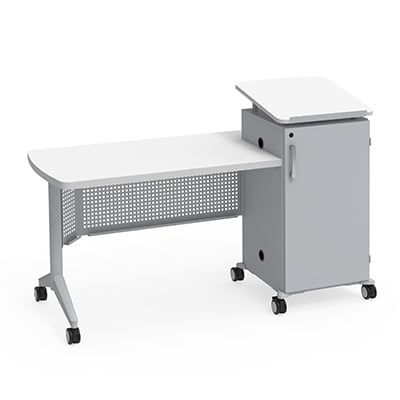- What's New
- Pricing & Purchasing
- Lead Times
- Literature & Samples
- Services & Warranties
- Careers
- Find a Rep


KI desks offer flexible, versatile desking solutions that accommodate a variety of user preferences and requirements for the modern office or classroom.





